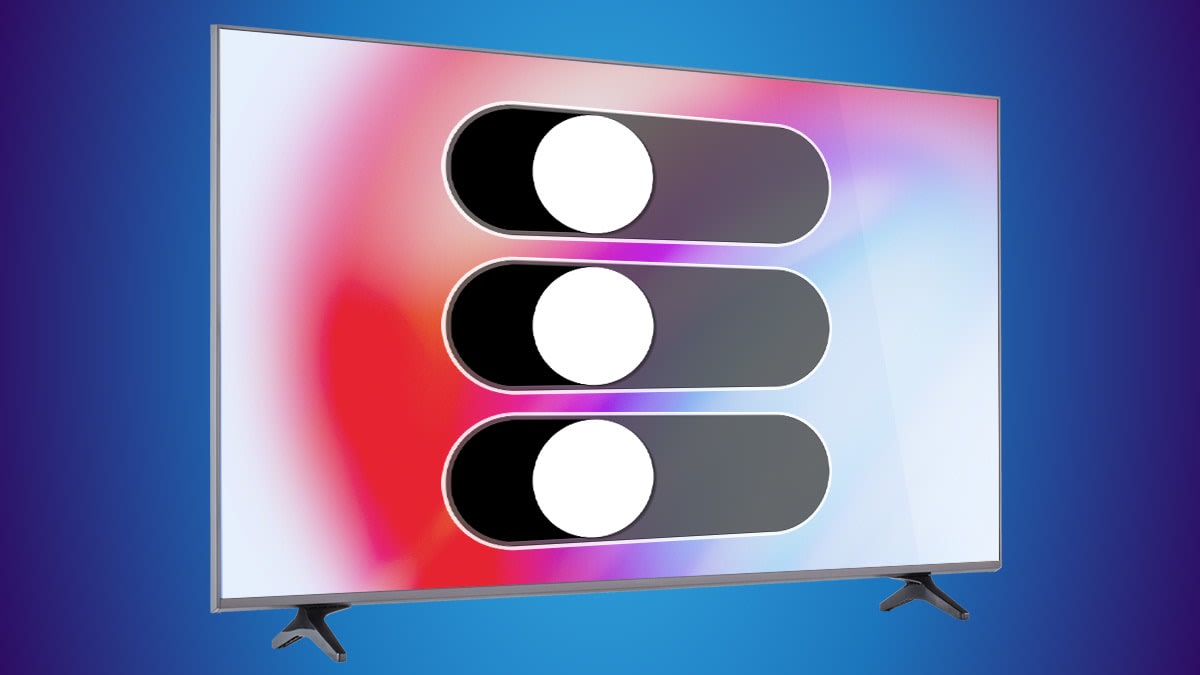
One issue with LCD-based TVs in particular is that the image can blur during fast-moving scenes, especially in action movies or sports.
TV manufacturers use various technologies to reduce motion blur, such as repeating frames or inserting black frames into the video signal. These techniques go by a number of names, including Auto Motion Plus (Samsung), Motionflow (Sony), and TruMotion (LG).
So what’s the problem?
On its own, blur reduction is fine, even helpful. But many companies tie these efforts to another technology called judder reduction, which is often referred to as motion smoothing. Movies have a slightly stuttering effect, called judder, especially when the camera pans across a scene. This appearance comes about because movies and a lot of prime-time TV shows are shot at a relatively slow 24 frames per second, or 24 hertz.
By contrast, video is typically shot at 60Hz. That’s why sports, reality and game shows, and soap operas have smoother motion than 24Hz films.
Motion smoothing attempts to reduce judder by increasing the TV’s frame rate in a process called frame or motion interpolation. The TV analyzes adjacent video frames, making an educated guess as to what the in-between frames would look like if they’d been captured, and then inserts those new frames into the video stream.
But when motion smoothing is activated during a movie, it removes the normal film cadence and can make even classic, gritty films look like video, a result referred to as “the soap opera effect.”
Many sets with 120Hz and higher refresh rates let you turn off motion smoothing separately from blur reduction. Do that if you can.
But with some televisions the two effects are tied together, so you can’t get one without the other. In that case, turning the feature off is probably your best bet.
One of the new picture settings I mentioned above, Filmmaker Mode, helps eliminate the soap opera effect. When it’s active, the TV will automatically shut down motion smoothing and some other features when it detects a movie is playing. This year, sets from Hisense, LG, Samsung, and Vizio will offer a Filmmaker Mode setting. A newer development is the use of sensors to detect ambient room light and then adjust the settings for Filmmaker Mode accordingly.
Netflix Calibrated Mode also tries to eliminate the soap opera effect—and adjusts color, brightness, and contrast—but only on the service’s streaming movies and original shows. So far, it has mainly been found in Sony Android and Google TVs.
We’ve found Filmmaker Mode to generally be a useful feature that comes close to our own optimized settings. But you may want to raise the TV’s brightness just a bit because Filmmaker Mode assumes you’ll be watching in a very dark room. (This is the problem that TVs with ambient light sensors are meant to address.) We haven’t tested Netflix Calibrated Mode yet.









